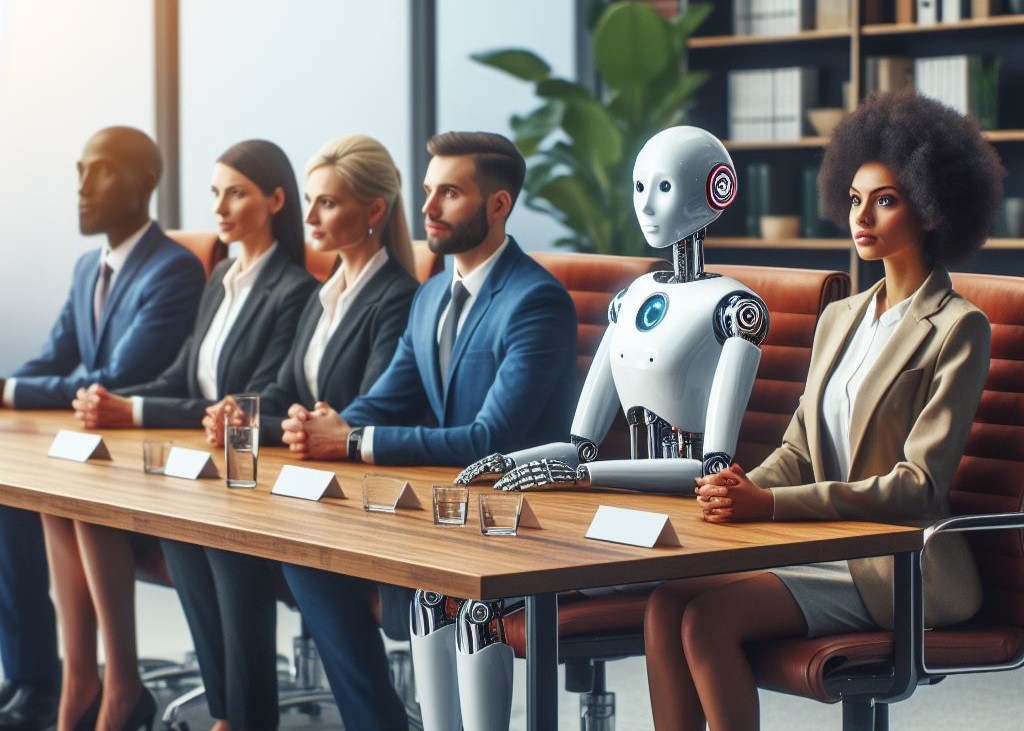Artifical Intelligence
Recruiting? Trust humans before AI
Workday senior vice president Fred Nylander tells ARTHUR GOLDSTUCK why AI needs humans in human resources.
A few years ago, as the world was emerging from the pandemic, a British cosmetics company that had sent its staff on unpaid leave asked employees to reapply for their jobs via video interviews. The employer used an American artificial intelligence-based screening tool, HireVue, to decide who should be rehired. A make-up artist, Anthea Mairoudhiou, scored full marks for performance, but was rejected by the AI based on her body language, and lost her job.
The employer’s parent company, Estee Lauder, eventually settled her lawsuit out of court, and HireVue was forced to remove a facial analysis function from assessments.
The only surprise was that anyone was surprised. A decade ago already, Amazon discovered an internal recruitment engine was discriminating against women, because it was trained on the typical profile of current workers, most of whom were male. The unit behind it was disbanded.
So how, despite a decade of evidence, are we still letting machines decide on human-intensive processes?
Typically, it comes down to the values of an organisation, says Fred Nylander, senior vice president for Northern Europe and emerging markets at Workday, a global leader in enterprise cloud applications for finance and human resources (HR).
As an organisation that practically writes the rules on HR, it has had to set the pace in organisational culture, and has developed a framework called VIBE, for Value, Inclusive, Belonging and Equity.
“It is a way of looking at your organisation to know what your diversity matrix looks like,” says Nylander. “How do you drive it to improve? How do you start taking the right actions to drive better decisions? In the AI, what kind of mechanisms do we have to prevent poor decisions?”
However, there is one set of checks and balances that is critical: “We always try to make sure that there is human intervention across every decision step. So it’s not an AI decision; it is a human decision with AI support.”
During a visit to Johannesburg this week, Nylander stressed that this philosophy did not preclude AI from playing a major role in HR. In fact, it has been at the heart of Workday’s systems for many years. Due to release its full-year 2024 results tomorrow (Monday), the company is still basking in the glow of its third quarter numbers, which showed 18% subscription revenue growth, and annual revenue in the Europe, Middle East and Africa region passing $1-billion for the first time.
While its performance is not as strongly linked to the red-hot performance of AI chipmakers like Nvidia, AI is likely to have played a significant role in its appeal.
“One quite famous AI use case that we publish is how we use AI to help create job descriptions,” says Nylander. “If you’re hiring people, you make sure they have the right qualifications. Building the job description sometimes takes an hour, sometimes two hours if you don’t do it too often. We can do it, AI-generated, on the spot.
“When you apply it to the amount of job descriptions produced – for example, roughly one third of all published jobs in the US goes through Workday – if I can take down the amount of time from an hour-plus to a few minutes, it’s a significant efficiency improvement.”
Workday also houses a skills hub with almost 60,000 skills, allowing employees to work out what skills they have and, “if you want to go from here to there, which skills should I work on?”
AI then helps the employee to navigate the skills they need to build to reach their potential.
“The principle is that we are leveraging AI in efficiency, but we’re always making sure that it’s a human decision, with AI support.”
* Arthur Goldstuck is founder of World Wide Worx and editor-in-chief of Gadget.co.za. Follow him on Twitter and Instagram on @art2gee

















